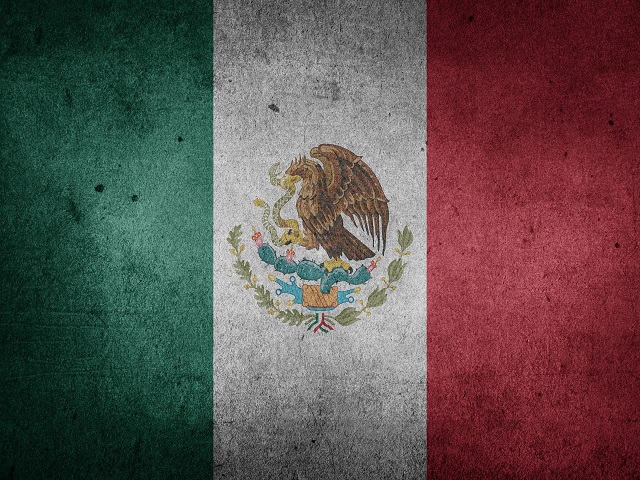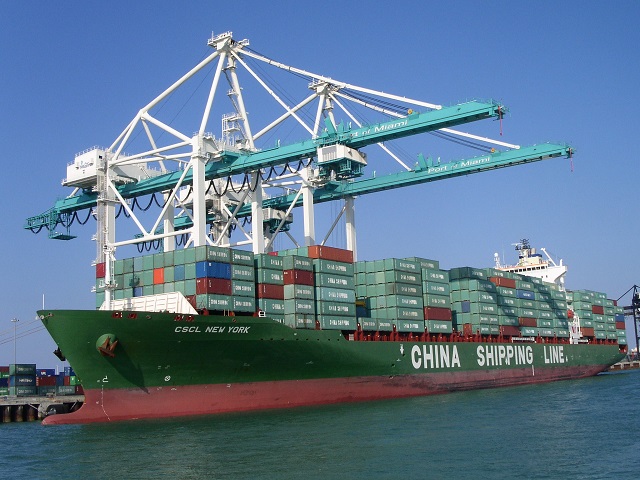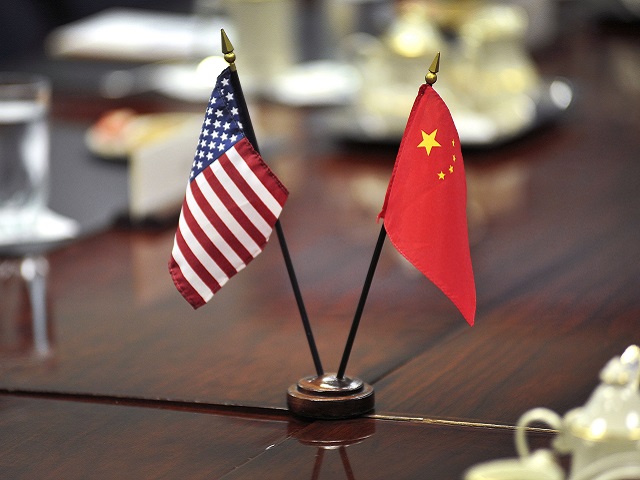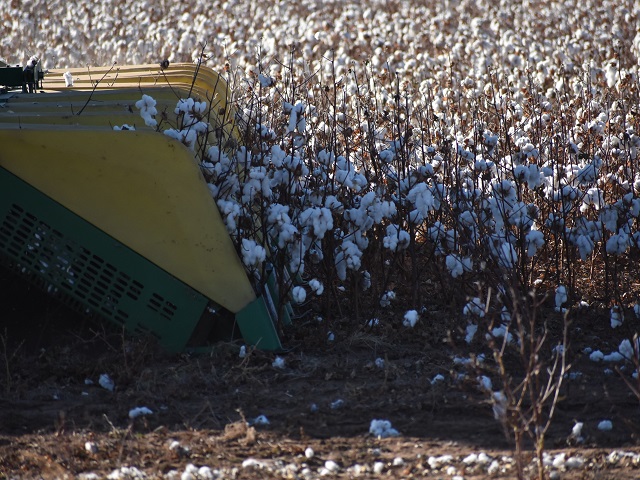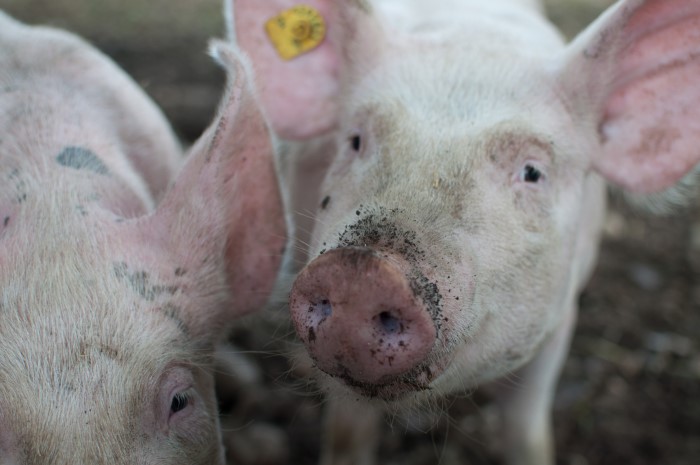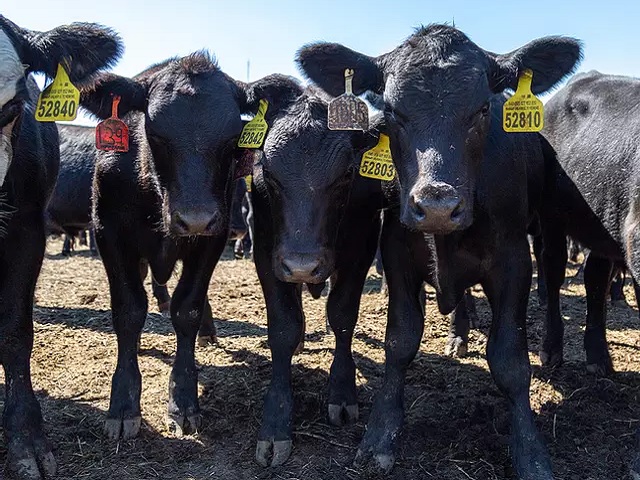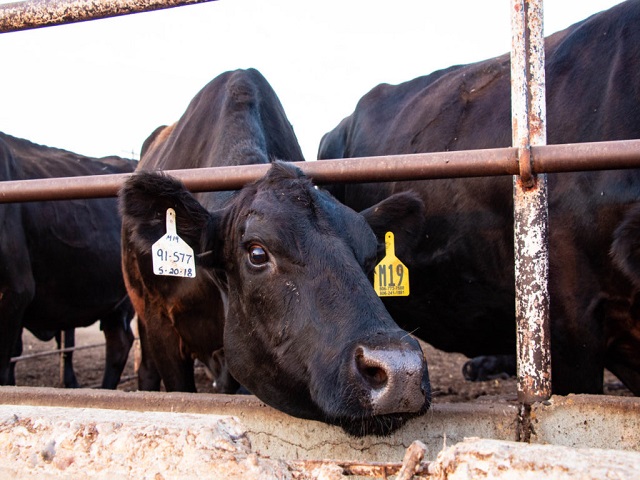Immediate Future Looks Bleak for U.S. Agricultural Exports
(GREENWOOD VILLAGE, CO) China’s decision to reduce support for the yuan in early August sent markets into a tailspin and triggered some central banks in Asia to cut interest rates. Markets and policymakers feared that a currency war was suddenly afoot, and China’s devaluation could stoke a destabilizing race to the bottom in global currencies and interest rates. For those involved in U.S. agriculture, this move was meaningful – but not nearly as meaningful as the relative movement of currencies for countries that compete with the U.S. for agricultural export markets in China. Currency movements have compounded those effects says Dan Kowalski Vice President, Knowledge Exchange at CoBank. Over the past year, the U.S. dollar has risen a little more than three percent against the yuan, the New Zealand dollar has been flat, and others have dropped. A study from the USDA explains that for every one percent gain in the U.S. dollar, our bulk agricultural exports lose roughly three percent of their value. So the 12-month impact of a rising dollar equates to a ten percent hit to the value of bulk ag exports like soybeans or almonds. Adding the impact of competitors’ depreciating currencies, and the relative impact is substantively larger. The currency situation is unlikely to reverse in 2019. China’s economy is weakening, as is much of the rest of the world, including Europe, and several central banks are poised to cut interest rates further in coming months. When the world economy slows and markets become shaky, global investors rush into U.S. assets to find a safe haven. All three of these factors support the strength of the dollar, making it less likely for U.S. ag exporters to catch a currency break soon.
















